Treatment for Gallstones Without Surgery: How Endoscopy Can Help
Gallstones are small, hardened deposits of digestive fluid formed in the gallbladder, a small organ located under the liver. While many gallstones don’t cause symptoms, some can lead to intense pain, nausea, and digestive discomfort, requiring medical intervention.
Traditionally, surgery (cholecystectomy) to remove the gallbladder has been the standard treatment for symptomatic gallstones. However, experts from SIDS Hospital — one of the best gastro hospitals in Surat — share that not everyone is an ideal candidate for surgery, and some individuals seek non-surgical alternatives. One promising option is endoscopic treatment, a minimally invasive approach to managing gallstones without the need for a major operation.
In this blog, we’ll explore how gallstones are treated without surgery, focusing on the role of endoscopy, its benefits, and who might be a candidate for this alternative approach.
When Surgery May Not Be an Option for Gallstones
Surgery to remove the gallbladder is a common and effective treatment for gallstones. However, there are situations where surgery may not be the best choice:
● High-Risk Patients: Individuals with underlying medical conditions, such as heart disease or severe respiratory issues, may face increased risks during surgery.
● Preference for Non-Surgical Options: Some people may wish to avoid surgery for personal or cultural reasons.
● Asymptomatic Gallstones: For patients with gallstones that aren’t causing symptoms, non-surgical management may be considered.
How Endoscopy Can Help Treat Gallstones
Endoscopy is a minimally invasive procedure that uses a thin, flexible tube with a camera and light at the tip to diagnose and treat various digestive conditions. For gallstones, a specific type of endoscopy called Endoscopic Retrograde Cholangiopancreatography (ERCP) is commonly used.
What is ERCP?
ERCP is a specialized procedure that combines endoscopy and X-rays to examine the bile ducts, gallbladder, and pancreas. It is performed by our laparoscopic surgeons at SIDS hospital, facilitating the best endoscopy in Surat. During the procedure:
- The endoscope is passed through the mouth, esophagus, and stomach to reach the small intestine.
- A small catheter is inserted through the endoscope to access the bile ducts.
- A contrast dye is injected into the ducts, allowing the doctor to see blockages or stones on X-rays.
- If gallstones are detected in the bile ducts, the doctor can remove them using tiny tools attached to the endoscope or widen the ducts with a small incision called a sphincterotomy.
Who is a Candidate for ERCP?
ERCP is typically recommended for patients with gallstones in the bile ducts (also known as choledocholithiasis) or complications such as:
● Blocked bile ducts.
● Jaundice due to gallstones.
● Pancreatitis caused by gallstones.
While ERCP does not remove stones directly from the gallbladder, it effectively treats blockages and symptoms caused by bile duct stones, making it a valuable non-surgical option.
Benefits of Endoscopic Treatment for Gallstones
Our gastro specialists at SIDS hospital, being one of the best hospital in Surat, advice ERCP for its several advantages over traditional surgery:
- Minimally Invasive
- No large incisions are required, unlike traditional surgery.
- Recovery time is significantly shorter, with many patients returning home the same day or after an overnight stay.
- Effective for Bile Duct Stones
- ERCP can remove stones from the bile ducts, alleviating symptoms and restoring normal bile flow.
- Reduced Risk for High-Risk Patients
- For individuals who cannot undergo surgery due to age or other health conditions, ERCP provides a safer alternative.
- Preservation of the Gallbladder
- Unlike cholecystectomy, ERCP does not involve removing the gallbladder, which may be beneficial for patients who want to retain this organ.
- Diagnostic and Therapeutic
- ERCP not only identifies gallstones and blockages but also treats them during the same procedure, eliminating the need for additional interventions.
What to Expect After ERCP
Recovery after ERCP is typically quicker and less painful compared to surgery. However, patients may experience mild side effects such as:
● Sore throat from the endoscope.
● Mild abdominal discomfort.
● Temporary nausea.
In rare cases, complications like pancreatitis, bleeding, or infection can occur. It’s important to follow your doctor’s instructions closely and report any unusual symptoms immediately.
Other Non-Surgical Options for Gallstones
In addition to endoscopy, there are other non-surgical treatments for gallstones, including:
● Oral Dissolution Therapy: Medications like ursodiol can help dissolve cholesterol-based gallstones over time. This method is best for small stones and may take months or years to show results.
● Shock Wave Therapy (Lithotripsy): High-energy sound waves are used to break gallstones into smaller fragments that can pass through the bile ducts.
● Dietary Changes: While not a direct treatment, maintaining a low-fat diet can help manage symptoms and reduce the formation of new gallstones.
Final Thoughts
For individuals with gallstones who are unable or unwilling to undergo surgery, endoscopic procedures like ERCP offer an effective and minimally invasive alternative.
If you’re considering non-surgical options for gallstone treatment, take advice from our gastroenterologist consulting at SIDS Hospital, one of the best hospitals in Surat, which has the reputation of performing the best laparoscopic surgeries in Surat.


 Book Appointment
Book Appointment.png) Video Consultation
Video Consultation







